Home of the vanished Flannan Isles lighthouse keepers to open its doors as Scottish mystery gets own exhibition and holiday accommodation
The stopped clocks, the unmade beds and the jacket that was left behind have all loomed large in the mystery of the disappearance of three lighthouse keepers from the Flannan Isles more than 120 years ago.
Now the shoreside home shared by the families of the men who vanished is preparing to take its central place in the tragedy once more. The property at Breasclete on the west side of Lewis, some 50 miles from the island, will host a permanent tribute to James Ducat, Thomas Marshall and Donald MacArthur.
Advertisement
Hide AdAdvertisement
Hide AdTaighe Mhòir, or Big House, was lived in by Mr Ducat and Mr Marshall, their wives and children, and two other lighthouse keepers, one who was on sick leave at the time of the men’s disappearance. Mr MacArthur lived in a house nearby with his family.
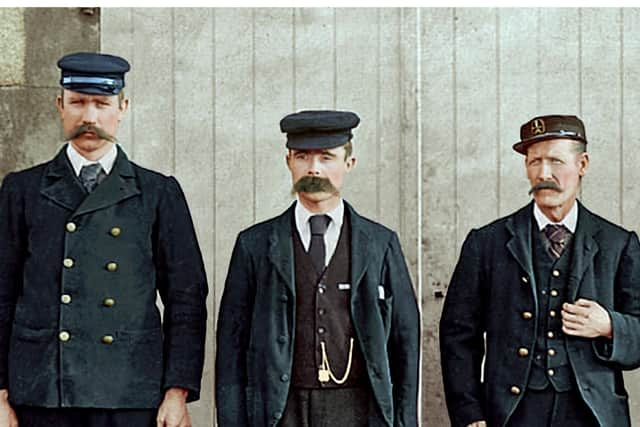

The building will be renovated and and hold a permanent exhibition on the men’s disappearance, with the venue destined to become a focal point for the rural community as well as lighthouse enthusiasts.
Part of the house will be rented out as holiday accommodation, with lighthouse fans anticipated to be among the guests. As part of the project, further research will be carried out into the lighthouse, its past and the workforce of local men who built the structure deep in the Atlantic.
Last week, the Scottish Government’s Island Fund awarded just over £78,000 for Urras an Taighe Mhòir, the group leading the renovation, with money also coming from the Crown Estate and the Architectural Heritage Fund.
The maritime mystery unfolded in December 1900, just a year after the lighthouse came into operation to ensure the safety of increasing volumes of trans-Atlantic crossings and cargo. What happened to the three men has conjured much speculation over time and continues to inspire musicians, writers, filmmakers and armchair detectives.
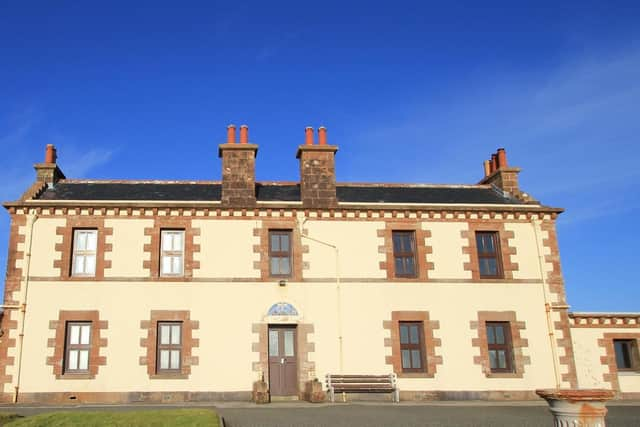

Tales of supernatural activity on the islands, which are also known as Seven Hunters, has stoked the narrative, as have multiple theories, including one the men may have faked their own deaths by jumping on a passing ship for a new life far from the Flannan Isles.
Liz MacBain, chair of Urras an Taighe Mhòir, said the heritage of the building was the “driving force of everything we are trying to do here”.
She said: “It is incredible that the story of the tragedy has perservered through the years with the mystery surrounding it continuing to inspire writers and musicians.
Advertisement
Hide AdAdvertisement
Hide Ad"People are drawn not only to the story, but also the setting. The remoteness of the islands, the effect of isolation and exposure to the elements, the bleakness of winter, all combine to fire the imagination. The lack of evidence and the disappearance of all three keepers creating a mystery which has inspired every generation to re-imagine and question the tragedy which ensued.”
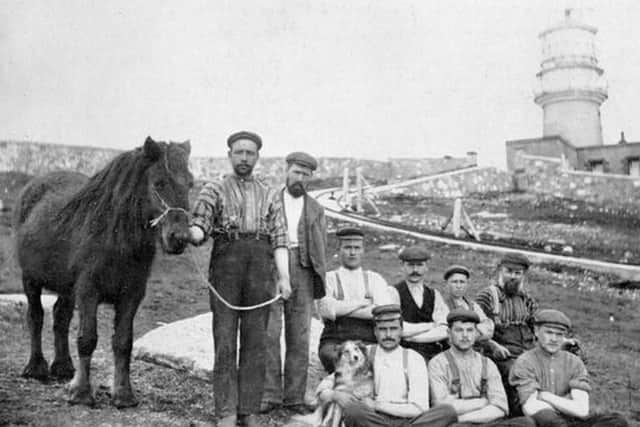

The Flannan Isles lighthouse was manned until 1971 and people with links to its keepers gravitate to Breasclete, as do those with a more general interest in lighthouse heritage. Living relatives of Donald MacArthur and Thomas Marshall have shared information and images with the project.
Taighe Mhòir was designed by David and Charles Stevenson of the lighthouse-building dynasty and is a rare surviving example of the pair’s shore-side work. When it was finished, the imposing sandstone building, the first in Breacleate to have running water, was surrounded by the village’s blackhouses.
Ms MacBain said: “The tragedy happened just a year after the lighthouse went into operation and the families of the keepers had only newly moved into the village at the time. They barely had time to settle in. It really is very tragic.
"The building is an iconic building here and it really must have stood out when it was first built. It would have been surrounded by blackhouses, a real contrast. The only other building like it at that time was Lews Castle in Stornoway.
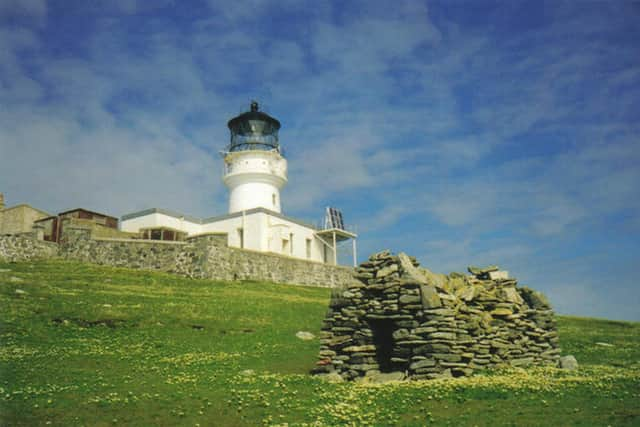

"I think the families who came here brought a lot of firsts to the villages. They were coming from far less rural areas and would have brought their own ideas and outlooks with them.”
Just four years after the three men vanished, another lighthouse keeper died. William Maclachlan, 37, of the isle of Luing in Argyll, was killed after collecting young puffin chicks from the cliffs.
The Northern Lighthouse Board described the disappearance of the three keepers as a “very sad” part of its history. The last weather and pressure readings were made on the island December 15, 1900 and a Leith-bound steamer from Philadelphia noted the light was not operational in poor weather that night, but did not report it.
Advertisement
Hide AdAdvertisement
Hide AdThe alarm not raised until Boxing Day when the supply vessel HESPERUS found the lighthouse flag was not flying. A rocket fired by the crew failed to rouse the three. On stepping ashore, they found the lighthouse deserted with the clocks unwound, beds unmade and fires long dead.
Donald MacArthur’s coat was found in the lighthouse, suggesting he went out in his shirt sleeves, and the sea boots of his colleagues, which were worn by the keepers when going to inspect the landings, were missing.
On the west side of the island, an old box for holding ropes and tackle had gone.
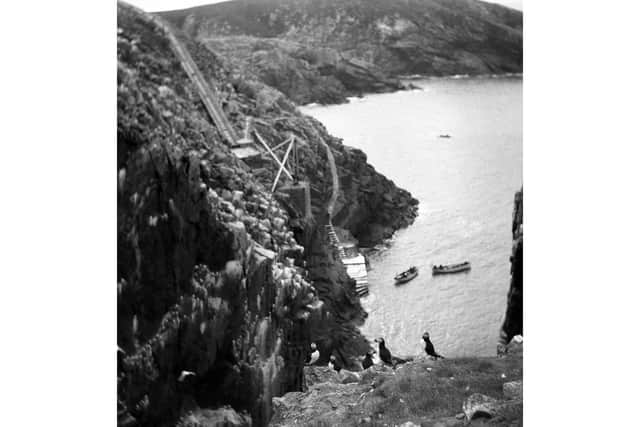

Robert Muirhead, superintendent of the Northern Lighthouse Board, in his report on the tragedy written on January 8, 1901, said it was his belief the men had gone down to the west landing on December 15 to secure the box with mooring ropes and "an unexpectedly large roller had come up on the Island” and swept the men away with “resistless force”.
He said he “deeply regretted” the loss of life and had personally selected the three men to take on the running of the lighthouse.
"I visited Flannan Islands when the relief was made so lately as 7th December, and have the melancholy recollection that I was the last person to shake hands with them and bid then adieu,” he wrote.
Comments
Want to join the conversation? Please or to comment on this article.